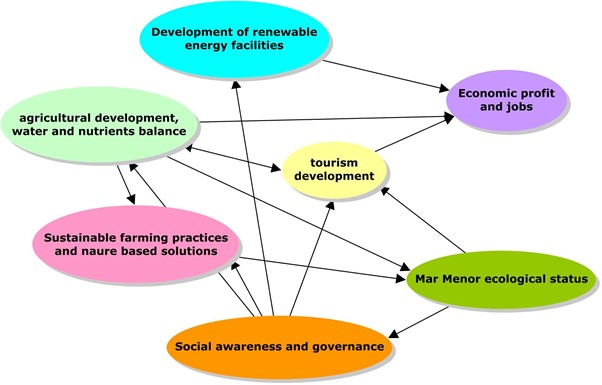Figure 1. Overview of the topics covered by the MAL6 pilot system dynamic model and their interlinkages.
On the above figure we present a summary of the first pilot model that we developed to assess the interactions between different sectors of the Mar Menor and campo de Cartagena area (Figure 1). This model is based on the interactions and relations that were jointly identified with stakeholders during a series of sectoral and multisectoral workshops. Different sub-models are linked and simulate dynamic interactions between sectors in the Campo de Cartagena catchment and the Mar Menor lagoon from 1961 until 2070. The available sub-model are:
- Agricultural water balance: this sub-model characterizes the agricultural water balance in the Mar Menor catchment, which represents around 85% of the total water consumption in this area, and how the available water for irrigation determines to a large extent the potential expansion of irrigated crops. The water demand is driven by the expansion of irrigated land areas. This sub-model allows the evaluation of some scenarios in relation to climate change and some regulatory management actions proposed by the regional and national authorities.
- Agricultural nutrients balance: this sub-model focuses on the quantification of the nutrient’s export from irrigated agricultural areas to the Mar Menor lagoon based on the amount of fertilization used. It allows the evaluation of scenarios in relation to some potential end-of-pipe solutions, according to the current set of proposed management actions by the regional and national authorities.
- Sectoral development and economic profit: this sub-model reproduces the development of three main sectors involved, i.e. agriculture, tourism and solar photovoltaic facilities. The sub-model assesses the development of each sector together with the number of jobs created and its economic profit and allows simulating the effect of an equitative policy for each sector.
- Mar Menor lagoon degradation: this sub-model simulates the degradation status of the Mar Menor lagoon over time following the input of nitrogen from agricultural sources, which was recognized during the workshops as the main driver of its environmental degradation.
- Coastal-rural recreation potential: this sub-model assesses the influence of the degradation of the Mar Menor on the coastal recreation potential, as well as the effect of increasing the rural and coastal recreation potential on the tourist growth.
- Social awareness and governance: given the importance that stakeholders attributed to social environmental awareness and education, this sub-model implements two mechanisms that represent social and governance feedbacks in relation to the regulation and development of the different sectors that take place in the study area.
- Sustainable land management practices: this sub-model quantifies the benefits of implementing two Sustainable Land Management practices, such as the decrease in the application of fertilizers and the implementation of vegetation buffers around agricultural fields in order to prevent nutrient export and floodings.
Current and next steps in model development include: (a) to extend and enhance model structure; (b) to organize sectoral expert interviews to check current equations and input data; (c) to test the impacts of different possible solutions on each of the sectors involved; (d) to identify a timeline for the implementation of different solutions that would lead to optimal model results; (e) to test model results under future socio-economic condition scenarios; and (f) to discuss preliminary model outputs together with stakeholders in order to look for consensus solutions.

